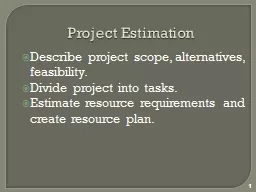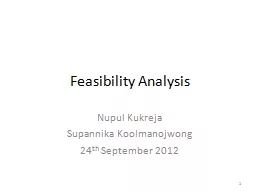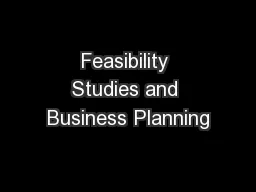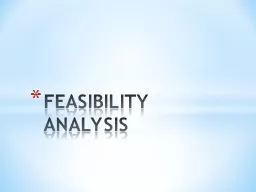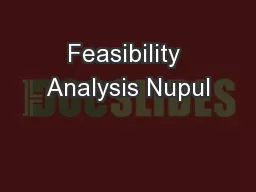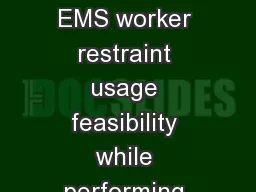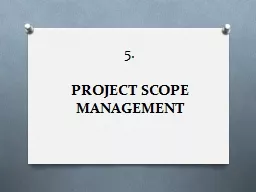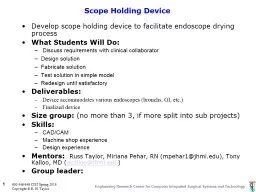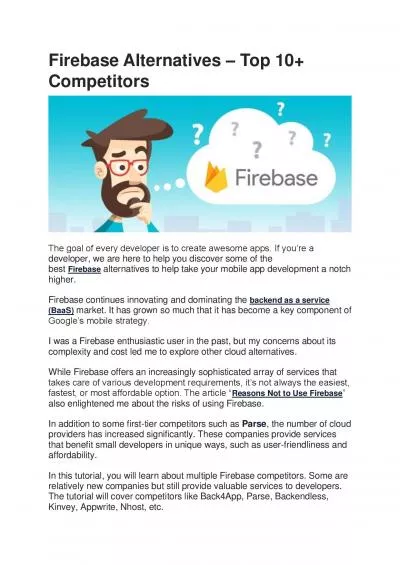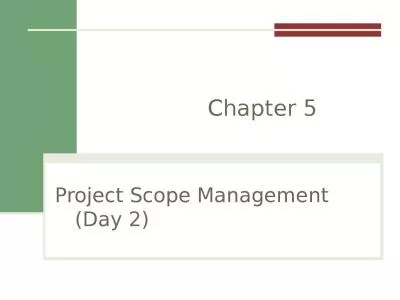PPT-Project Estimation Describe project scope, alternatives, feasibility.
Author : cheryl-pisano | Published Date : 2018-11-09
Divide project into tasks Estimate resource requirements and create resource plan 1 Project Estimation Cont Determine standards and procedures Identify and assess
Presentation Embed Code
Download Presentation
Download Presentation The PPT/PDF document "Project Estimation Describe project scop..." is the property of its rightful owner. Permission is granted to download and print the materials on this website for personal, non-commercial use only, and to display it on your personal computer provided you do not modify the materials and that you retain all copyright notices contained in the materials. By downloading content from our website, you accept the terms of this agreement.
Project Estimation Describe project scope, alternatives, feasibility.: Transcript
Download Rules Of Document
"Project Estimation Describe project scope, alternatives, feasibility."The content belongs to its owner. You may download and print it for personal use, without modification, and keep all copyright notices. By downloading, you agree to these terms.
Related Documents

